The energy performance of a building is an important feature, as the energy used in a house increases maintenance costs and creates a significant amount of greenhouse gas pollution - the main cause of climate change. So it is not surprising that now, more than ever, energy efficiency is an important part of building design and construction.
To this end, all new buildings, regardless of size, will have to meet minimum energy performance requirements adapted to the climate in which they are built. These are requirements aimed at reducing the energy consumption needed to maintain buildings, which climate change is forcing us to follow. Energy-saving measures will benefit the environment, improve the quality of the air, improve the quality of people's lives inside buildings and, very importantly in the current climate, bring lower bills.
Terms increasingly present in today's builder jargon: ZEB, nZEB, passive house
Modern terms are used to explain the energy performance of houses, terms that are familiar to architects, designers and builders, but unfamiliar to many of us. They are used to show the very low or even zero conventional energy consumption of a house during operation, i.e. the energy needed to heat and cool the house.
ZEB stands for Zero Energy BuildingThe home that doesn't use conventional energy at all but only the energy it produces from renewable sources or recovers. NZE (Net Zero Energy) and NZE (Zero Net Energy) are variations on the same theme, depending on the country where they are used. nZEB stands for nearly Zero Energy Building (I'll come back to it in a moment.
Passive house is a building concept invented by the German physicist Wolfgang Feist, a building standard which, if respected, certifies that the building constructed is truly energy efficient, comfortable, affordable and green at the same time. They allow heating and cooling energy savings of up to 90% compared to traditional houses and more than 75% when compared to new build. Find here more information about this concept.
As of 2021, the nZEB standard has become mandatory in Romania for all newly constructed buildings for which the building permit was issued after 31 December 2020. This means that these buildings must have almost zero energy consumption, i.e. be very energy efficient, and that energy needs must be covered as much as possible from renewable sources.
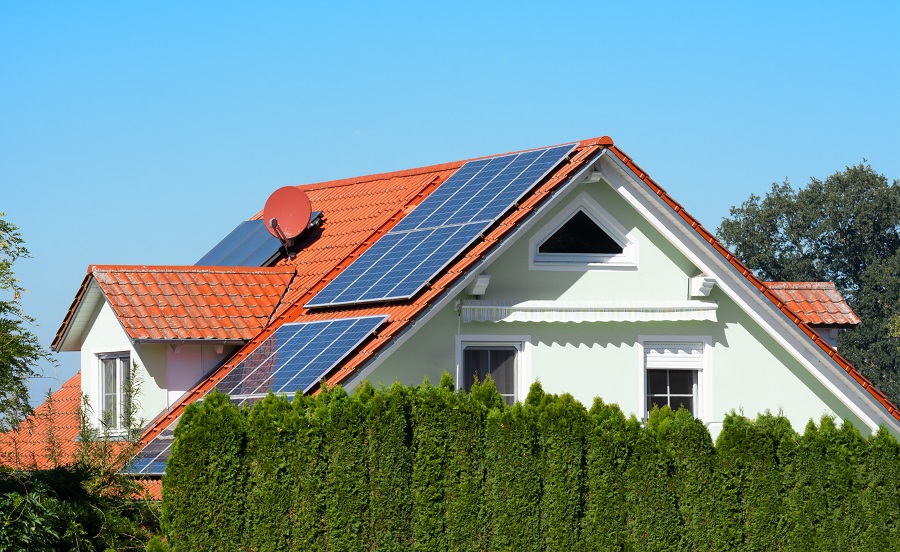
Key factors that ensure the energy performance of a house
How should homes be built to achieve the safest, healthiest and most comfortable environment possible? By maximizing the energy efficiency of the basic components that make up the house. Thus, to achieve a high level of energy performance, the key factors in house construction are:
- Thicker, quality insulation layers
- Lack of thermal bridges
- High quality windows
- A heat recovery ventilation system
- Sealed tire
Thermal insulation
It is a key point for reducing heat loss. Thermal insulation allows the inside of the house to be independent of the outside temperature, making it much easier to maintain constant thermal comfort. Once the right temperature has been reached inside the house, it should be maintained as long as possible by avoiding heat loss through good insulation of the foundation, walls and roof.
In an energy-efficient or passive house, the insulation thickness is considerably greater than in a conventional house. The thinner the insulation, the greater the heat exchange. So the 12 cm usually used to insulate houses is insufficient for effective thermal insulation. In passive houses, insulation is at least 15-20 cm in the walls and 25-30 cm in the roof.
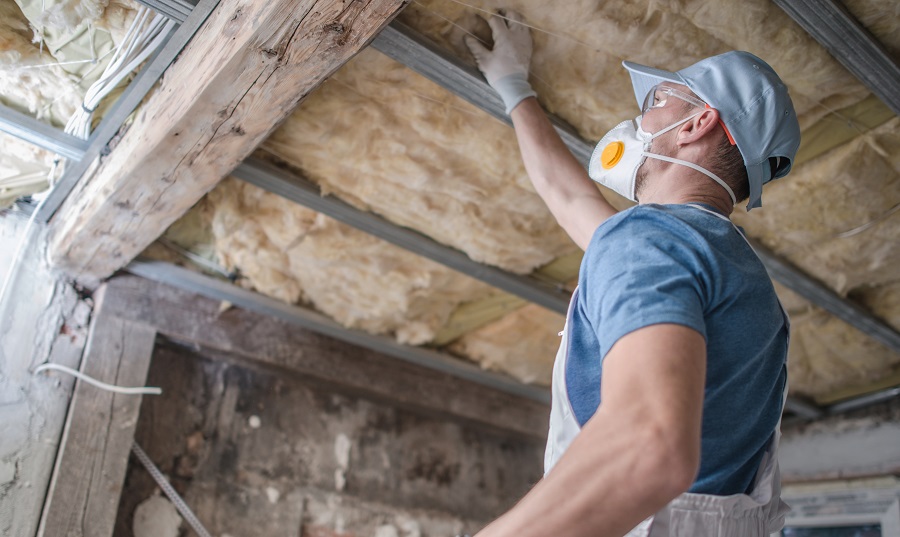
Continuous insulating layer
A thermal bridge is an area of the house through which heat is lost, usually due to faults in the design and construction. A thermal bridge is a break in the insulation material or a poorly sealed area where there is a direct connection between the inside and outside of the building (window outline). This can lead to problems with damp, condensation and then mold, with negative effects on the house and the health of its inhabitants. The elimination of bridges should be considered at the design stage and carefully monitored at the construction stage.
Thermal spots can be identified by thermoscanning. A color spectrum visualizes the areas and the level of heat loss. Marius Șoflete has some of these videos showing how much heat is lost around windows, through the walls or roof, especially in old houses.
Good quality windows
Windows can cause the biggest energy losses if they are not of good quality and do not seal tightly. The weak points in any home are the windows and, in particular, the window and wall joint. But with windows it is not only heat that is lost at the window and wall joints, cold can also be transmitted through the glass or window structure.
As a lot of heat can be lost through the window glass, double or triple-glazed windows with thermal insulation characteristics will be needed. In this regard, the architect should guide us to the best option depending on the climatic characteristics of the area as well as the needs of the owner. The joinery should have a thermal break system and the joint with the wall should be very well sealed. The insulating capacity of the joinery should be checked in its entirety, taking into account the frame and not just the glass. With a properly fitted, sealed and insulated high performance window, heat loss at one of the most vulnerable points in the house is avoided.
Heat recovery ventilation
This whole concept, which includes high-performance thermal insulation, quality airtight windows, "airtightness" by eliminating thermal bridges, can only achieve its goal in conjunction with an adequate ventilation system to refresh the indoor air.
In such insulation, natural ventilation is insufficient and must be supplemented by a system to provide permanent fresh air, remove stale air and regulate humidity. Heat recovery ventilation systems exchange stale indoor air by transferring its heat to fresh air introduced from outside. They provide the ventilation needed for a healthy environment and reduce heating costs.
Sealed outer tire
Energy-efficient buildings have a continuous insulating envelope, like a warm layer that wraps and airtightly seals the building. The house envelope includes all the elements that separate the inside of the house from the outside, support it, protect it thermally and soundproof it, and seal it against air and moisture.
Tyre components are the walls, roof, windows, doors, doors, foundation, each of which can be made of several different layers and materials. The most important part of any insulation project is sealing. This involves closing off any places where air could enter or exit the home uncontrollably. Many leaks are found at the joints of tire components, penetrations for electrical wiring, lighting and sewer. Combined, these can lead to large air leaks.
Sealing a home's envelope is an important step in controlling the indoor environment and reducing energy bills. Sealing measures aim to reduce heat loss as much as possible. A building free from construction defects has an airtight envelope with components that perform their functions efficiently. To check the airtightness of the house, a specific test called the airtightness test or blower door test is carried out, which you can find more information about here here.
While we're building a new house, let's do it right. The sources of information are growing.

























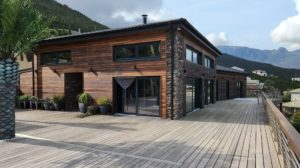

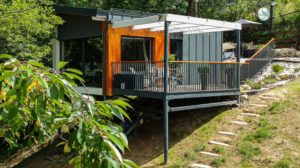


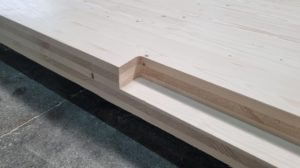
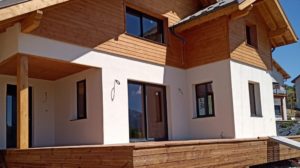
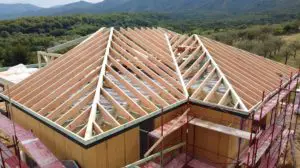



Add comment